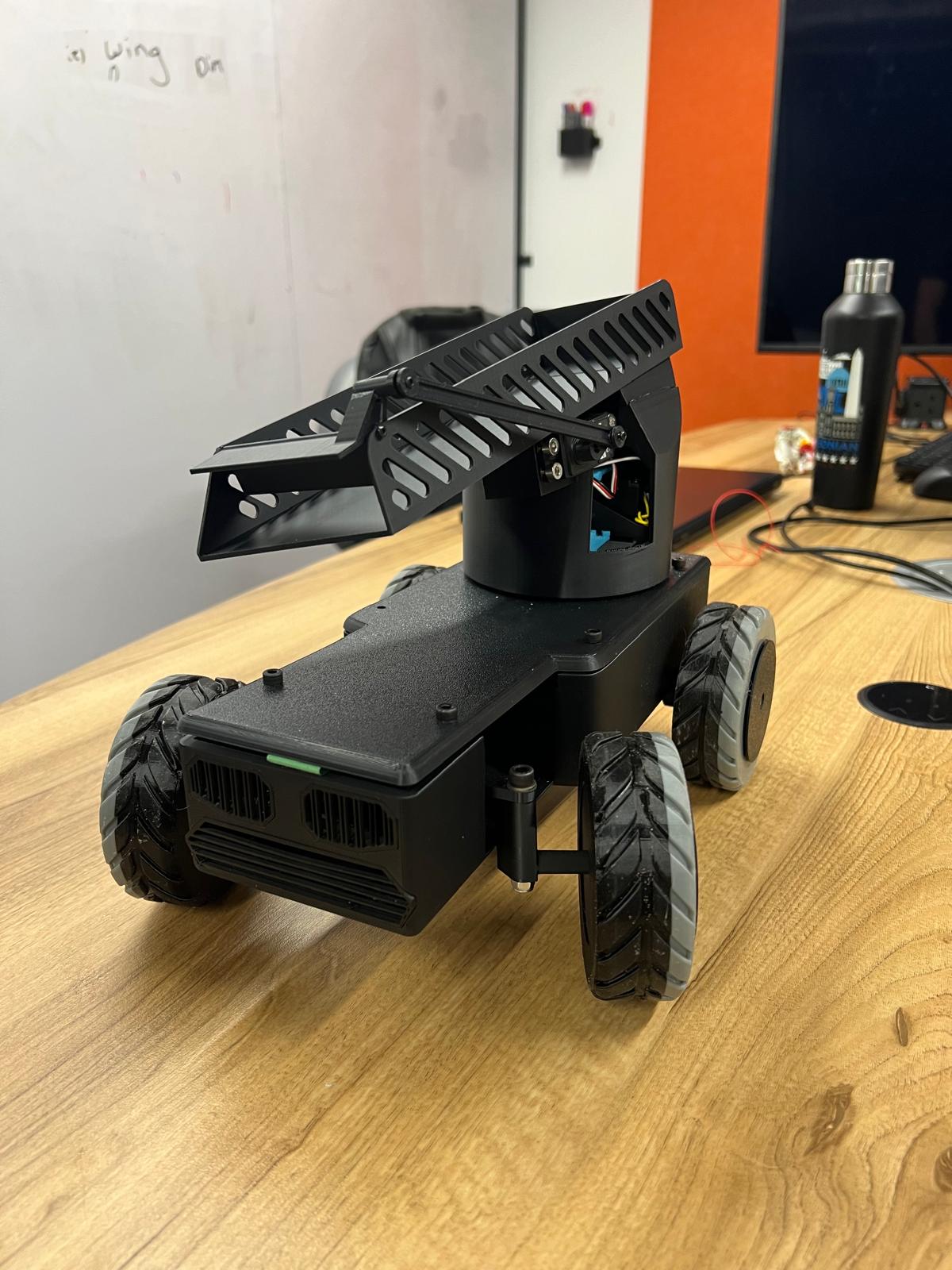This past semester, I had the opportunity to take one of the most exciting and hands-on modules in my degree so far: Designing and Building Autonomous Robots. As a mechanical engineering student, I’ve always loved bringing theory into real-world application — and this module did exactly that.
Let me take you through what it was like!

A Semester-Long Engineering Adventure
From the very beginning of the semester, we were thrown into a design challenge: to build a fully functional autonomous robot capable of navigating an arena and completing specific tasks. It wasn’t just about building a robot — it was about problem-solving, teamwork, and creativity across every stage.
Every week came with new milestones, whether it was designing the chassis, programming the brain of the robot, or testing our ideas in the design center. It was intense at times, but also so rewarding to see our ideas slowly come to life.
👨👩👧👦 Working in a Team
One of the best and most challenging part of this module was working in a small project group. Each of us took on different roles — from designing the steering system to handling the electronics and software side of things.
Like any real engineering project, communication and collaboration were key. We had to make collective decisions, troubleshoot problems together, and support each other through the ups and downs. It felt like a real mini start-up team!
🛠️ Getting Hands-On
This module was super practical, and I genuinely loved that. After spending first year mostly on theory, it was refreshing to get into the workshop again, putting Year 1 workshop knowledge into action — cutting, assembling, wiring, and testing physical components.
I also had my first proper experience with 3D printing, which was both fascinating and a little addictive. Designing components in Fusion 360 and then watching them turn into real parts on the printer felt like magic.
Plus, we had to iterate on our designs — if something didn’t fit or failed in testing, we’d go back, modify it, and print again. It really taught me the importance of prototyping, testing, and adapting.
🧠 Learning Beyond the Classroom
Through this module, I didn’t just improve my technical skills — I learned how to think like an engineer. It pushed me to consider constraints like weight, power, and space. I had to troubleshoot mechanical issues, think about real-world challenges like rough terrain, and constantly problem-solve when things didn’t go to plan.
And the best part? By the end of the project, we had a fully functional robot that we built from scratch. Watching it drive, steer, and deliver aid autonomously was one of the most satisfying moments of the year.
💬 Final Thoughts
If you’re someone who loves getting hands-on, thinking creatively, and applying your knowledge in practical ways, this module will be right up your alley. It challenged me in the best way possible and gave me a small taste of what real-world engineering might look like.
Would I do it again? Absolutely. And I’d encourage anyone who’s considering engineering — or is already on the journey — to embrace modules like this. They’re not just about marks and reports — they’re about learning, creating, and growing as a future engineer.
If you want to have the same experience I had, come join the Mechanical Engineering degree at the University of Surrey. You won’t just study engineering — you’ll live it, build it, and be part of a community that supports you every step of the way.
